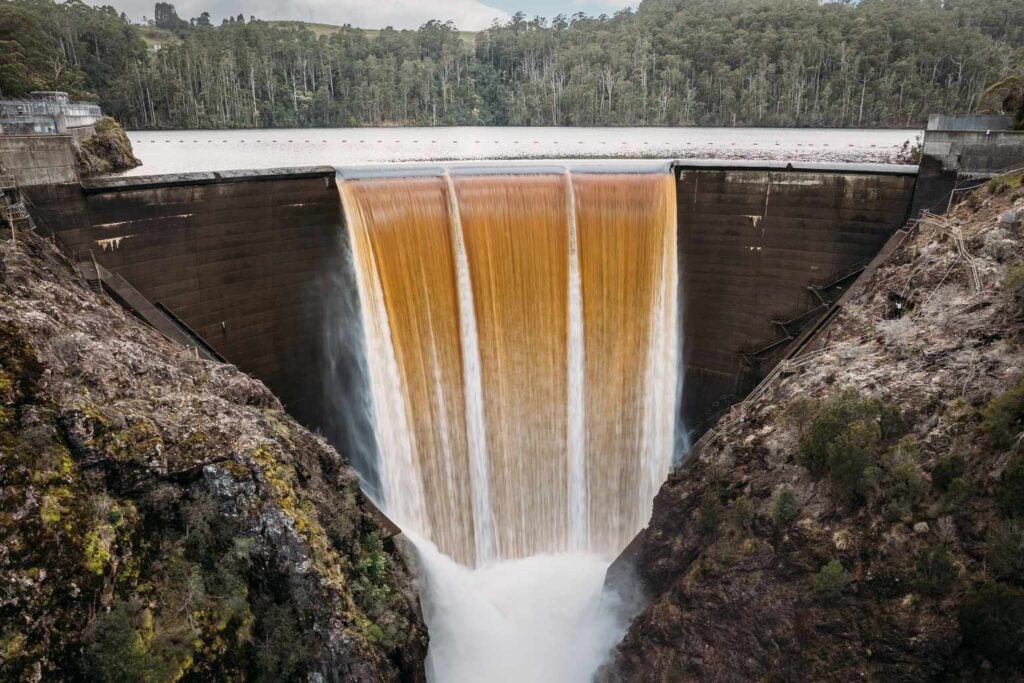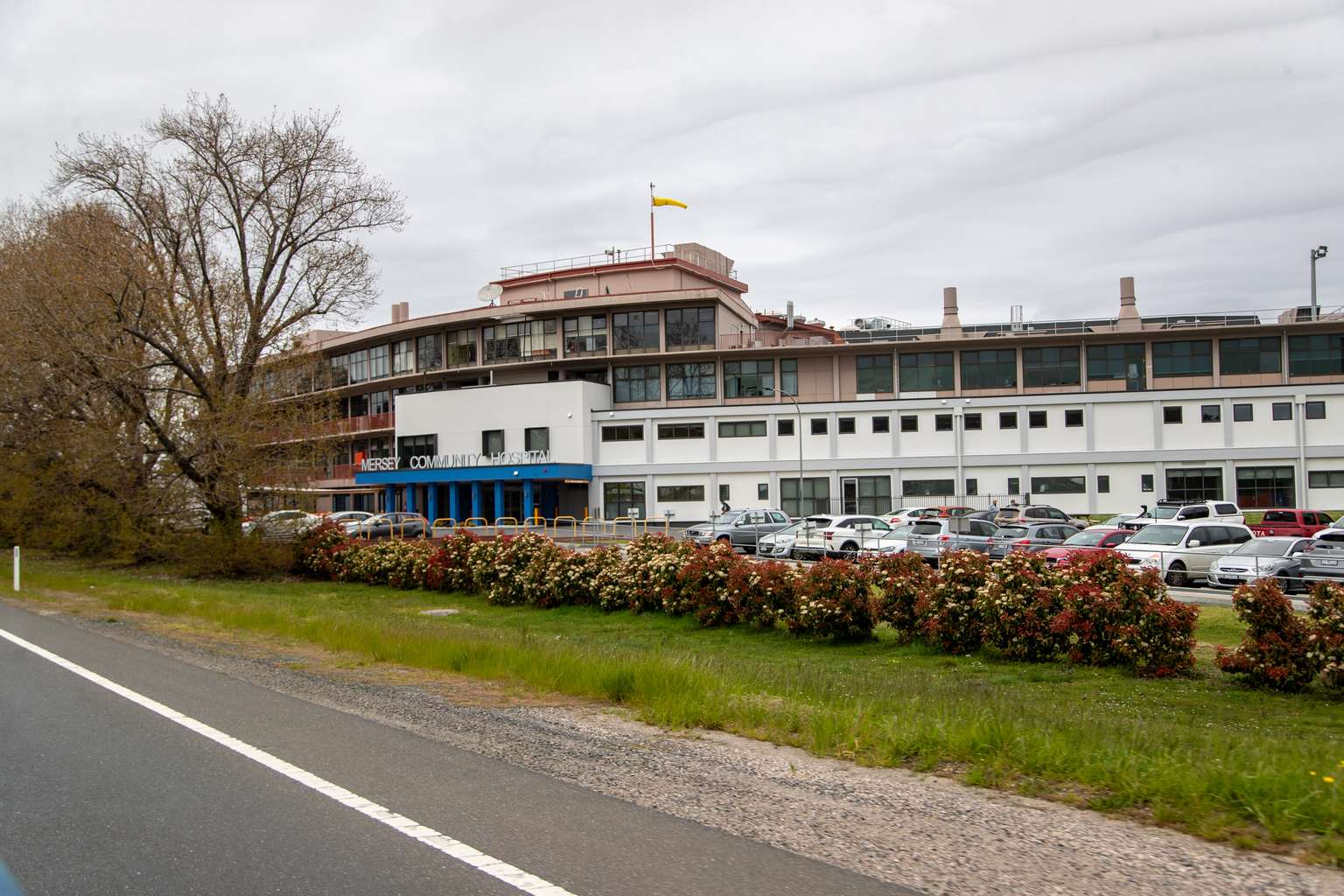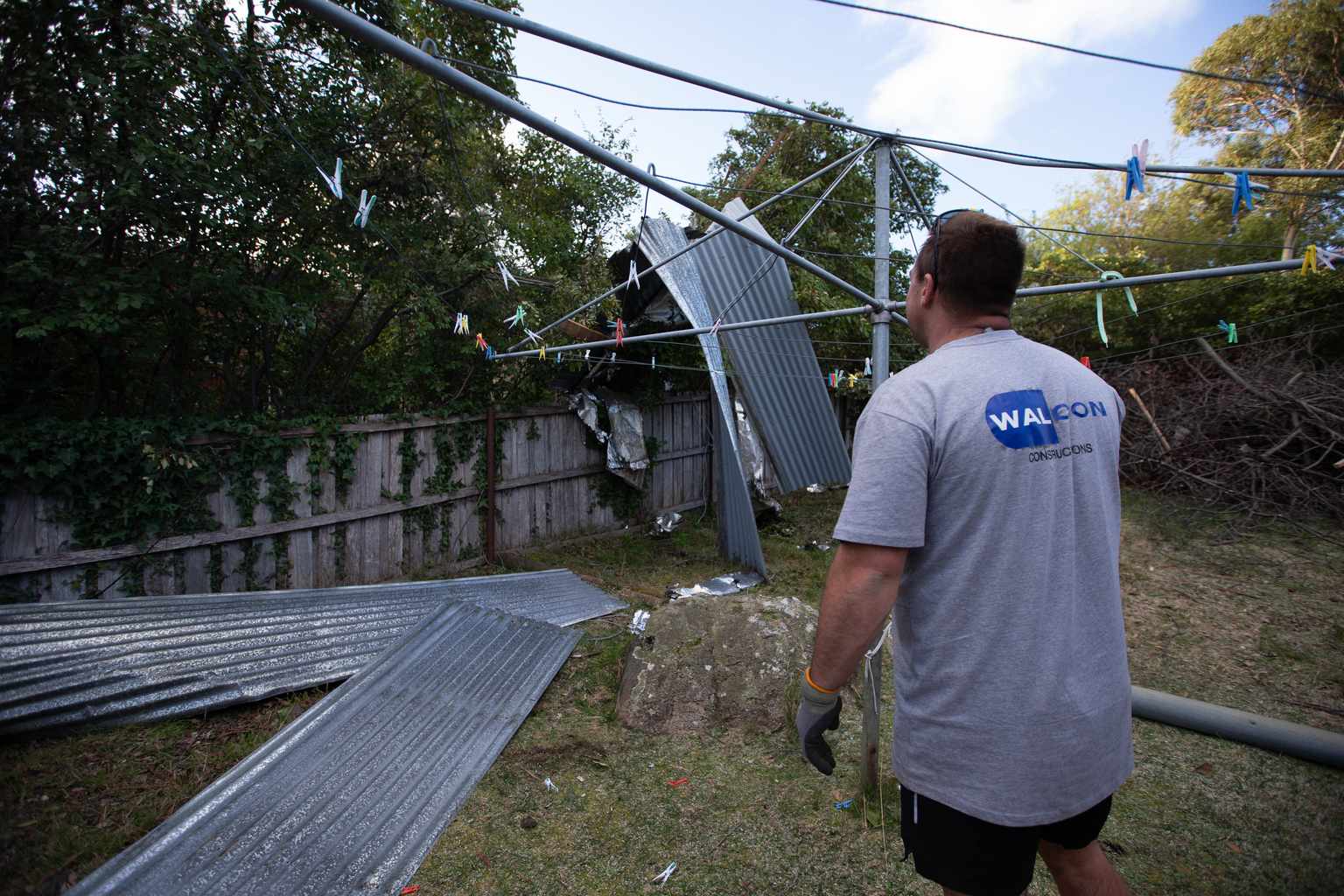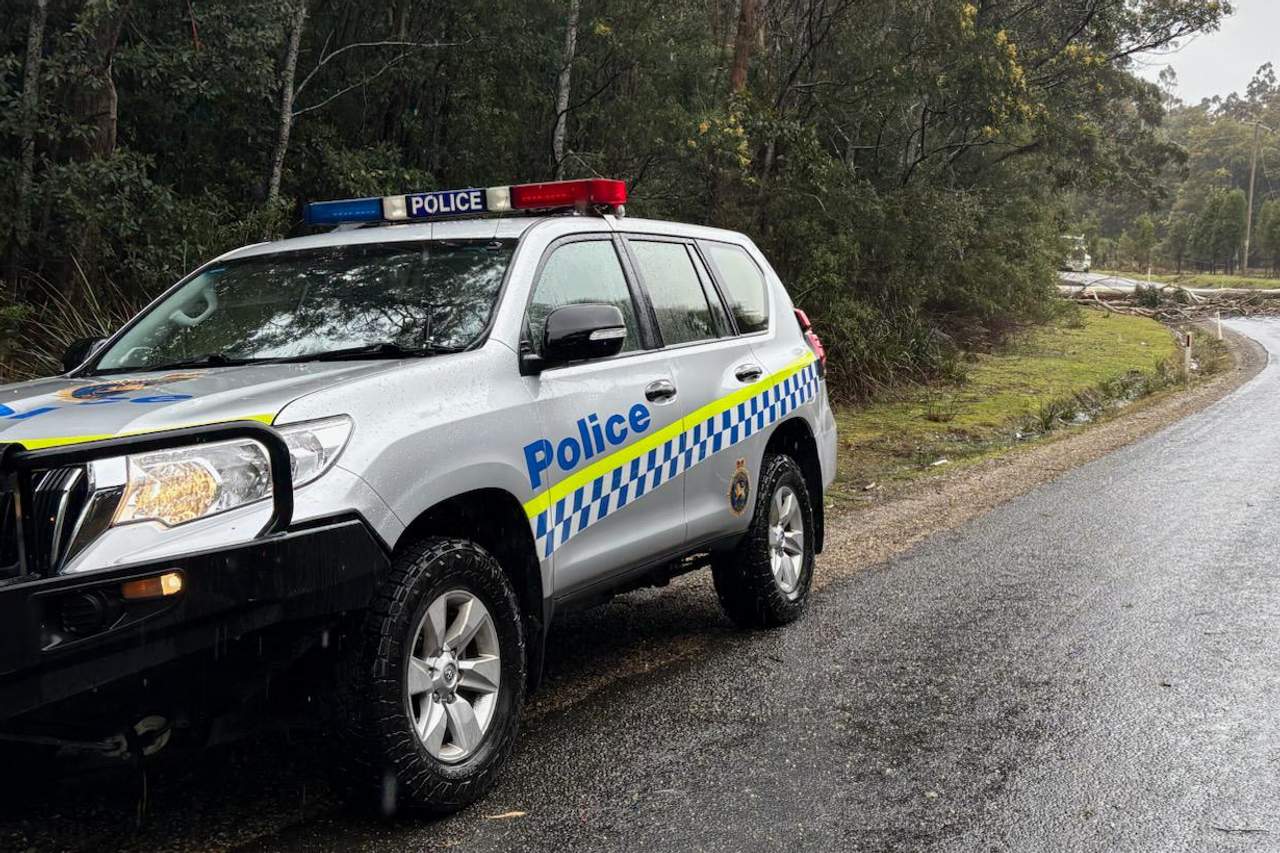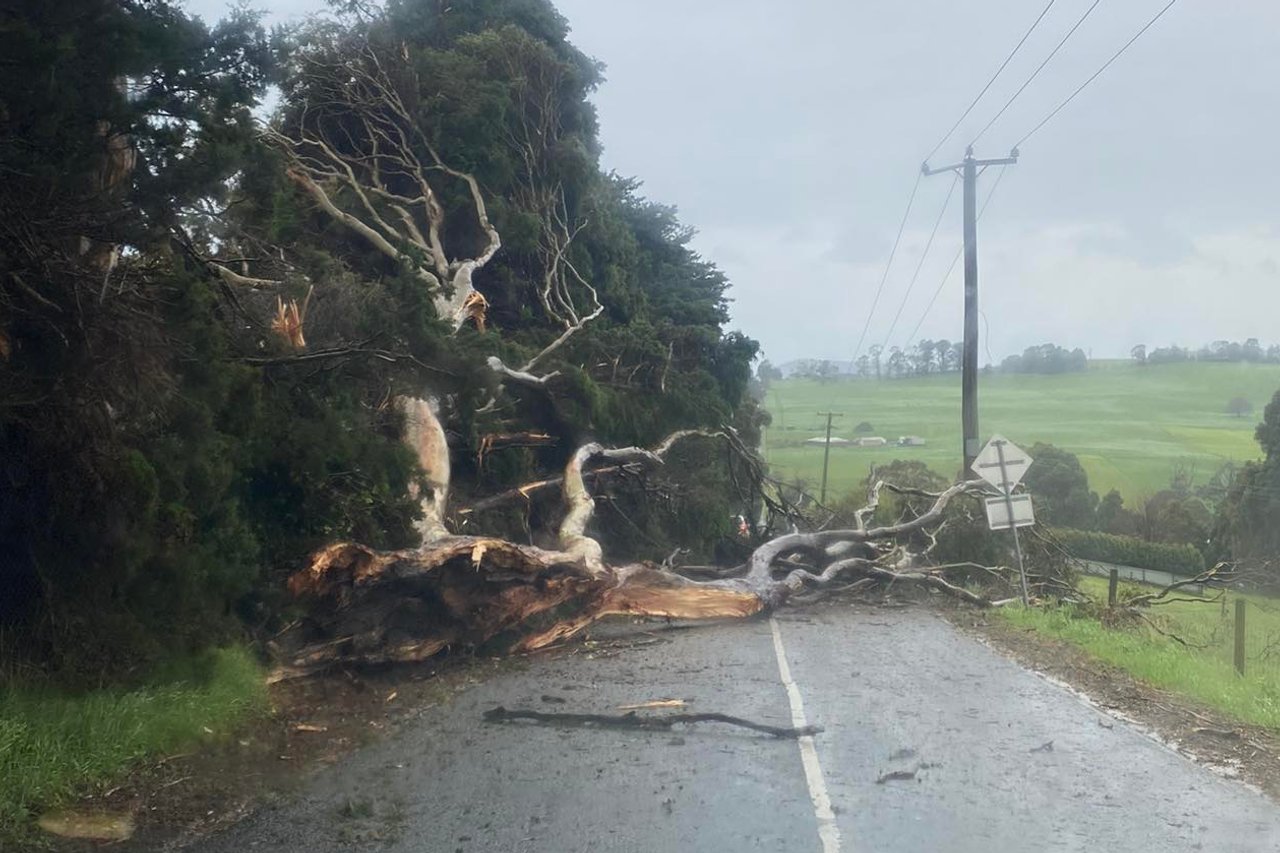Hydro Tasmania is warning people to stay away from lakes and dams as heavy rainfall sends water levels soaring and triggers spillways across the state.
About half of Hydro’s 52 dams are now on spill after recent downpours filled storages to capacity following two of the driest years on record.
Head of Generation Operations Jack Penny said the rapid shift from drought to deluge was dramatic but manageable.
“We’ve gone from not much rain at all to having lots of water in the system,” he said.
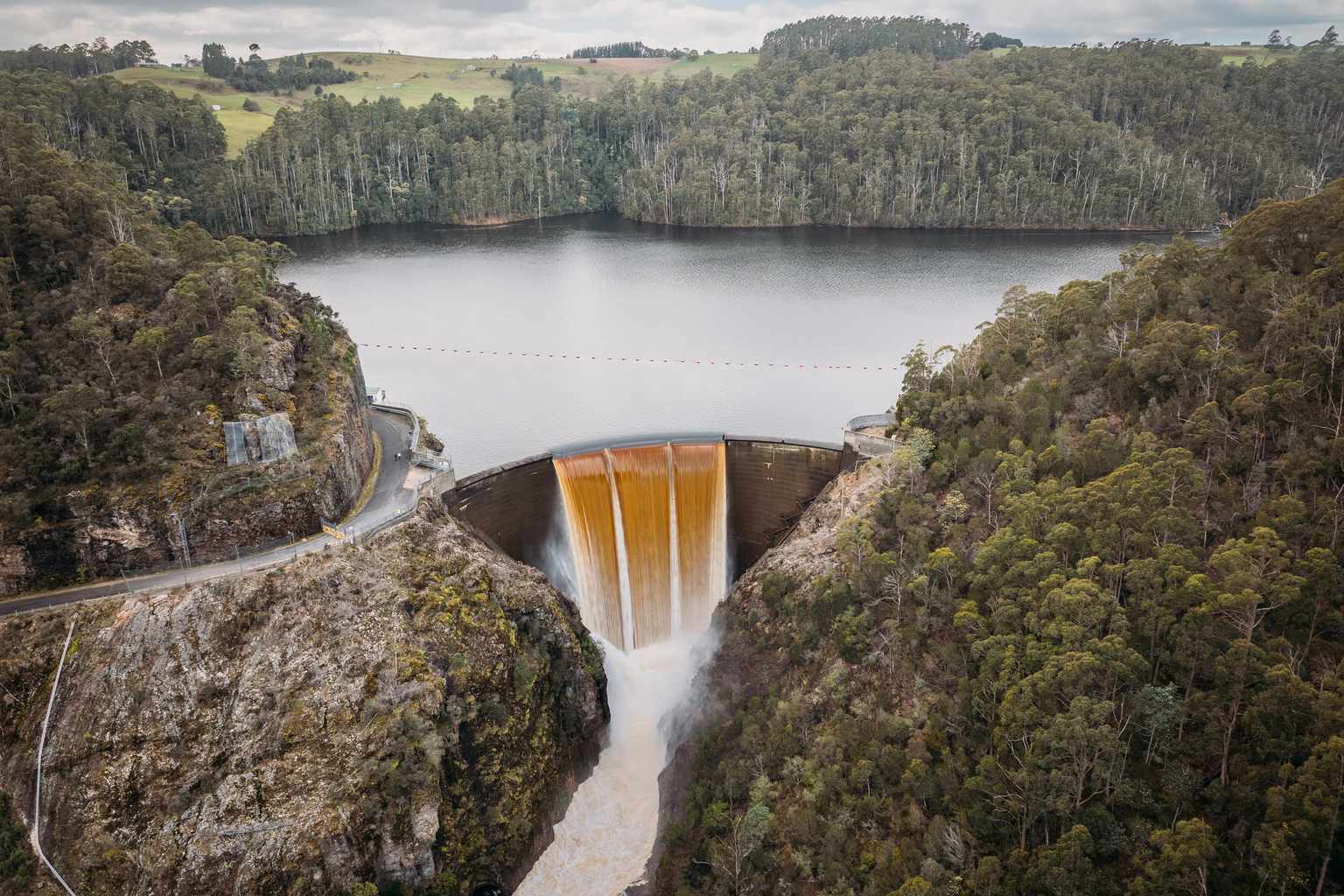
“This variability is part of operating a hydropower system and we are well equipped to manage it.”
When dams spill, excess water exits via spillways – a normal feature of hydroelectric infrastructure designed to handle overflow when lakes reach full capacity.
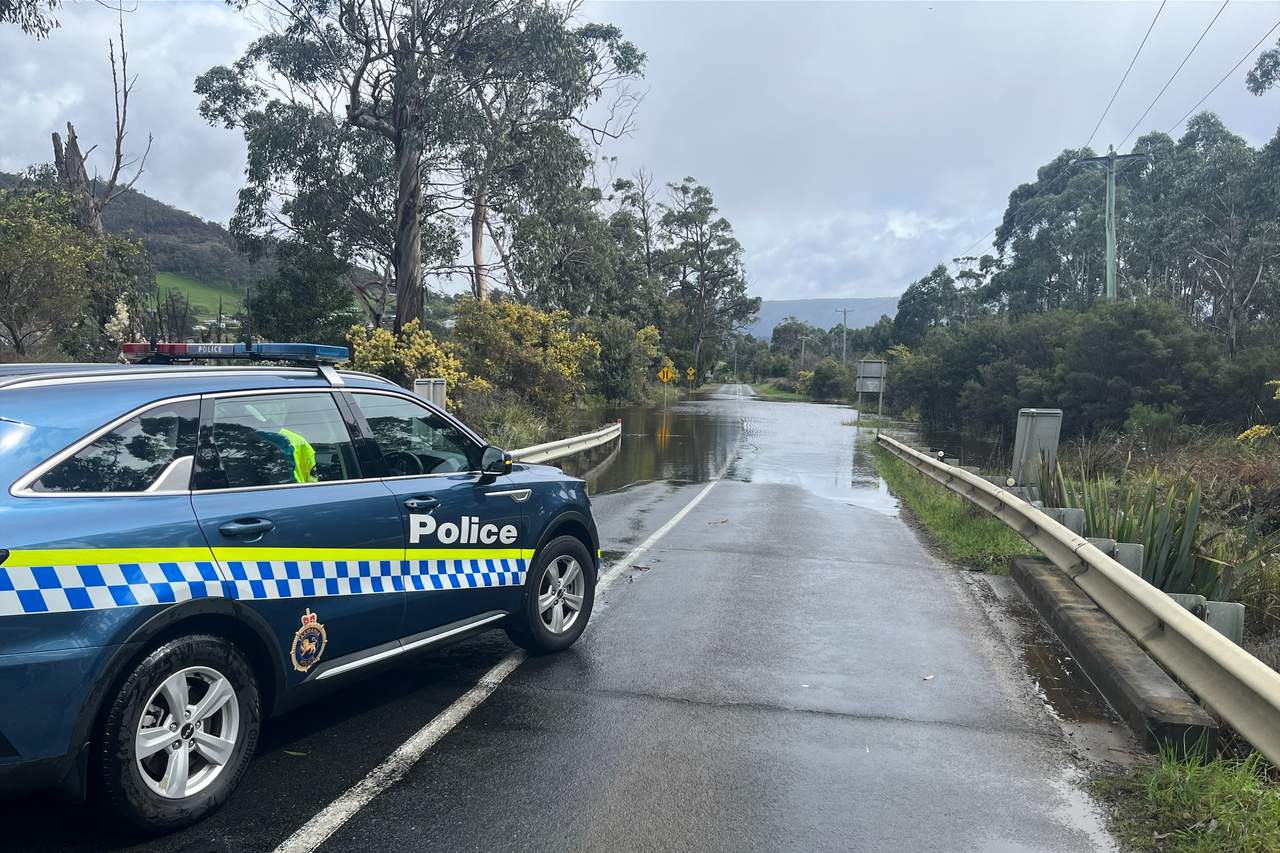
Penny said the rain had topped up the company’s larger multi-season storages including Lake Gordon, Lake Pedder and yingina/Great Lake.
“… Many of our smaller hydropower lakes are full and spilling,” he said.
“It’s a normal part of how our dams operate and it’s what they are designed to do.”
But Hydro is still urging people to exercise caution during the wild weather.
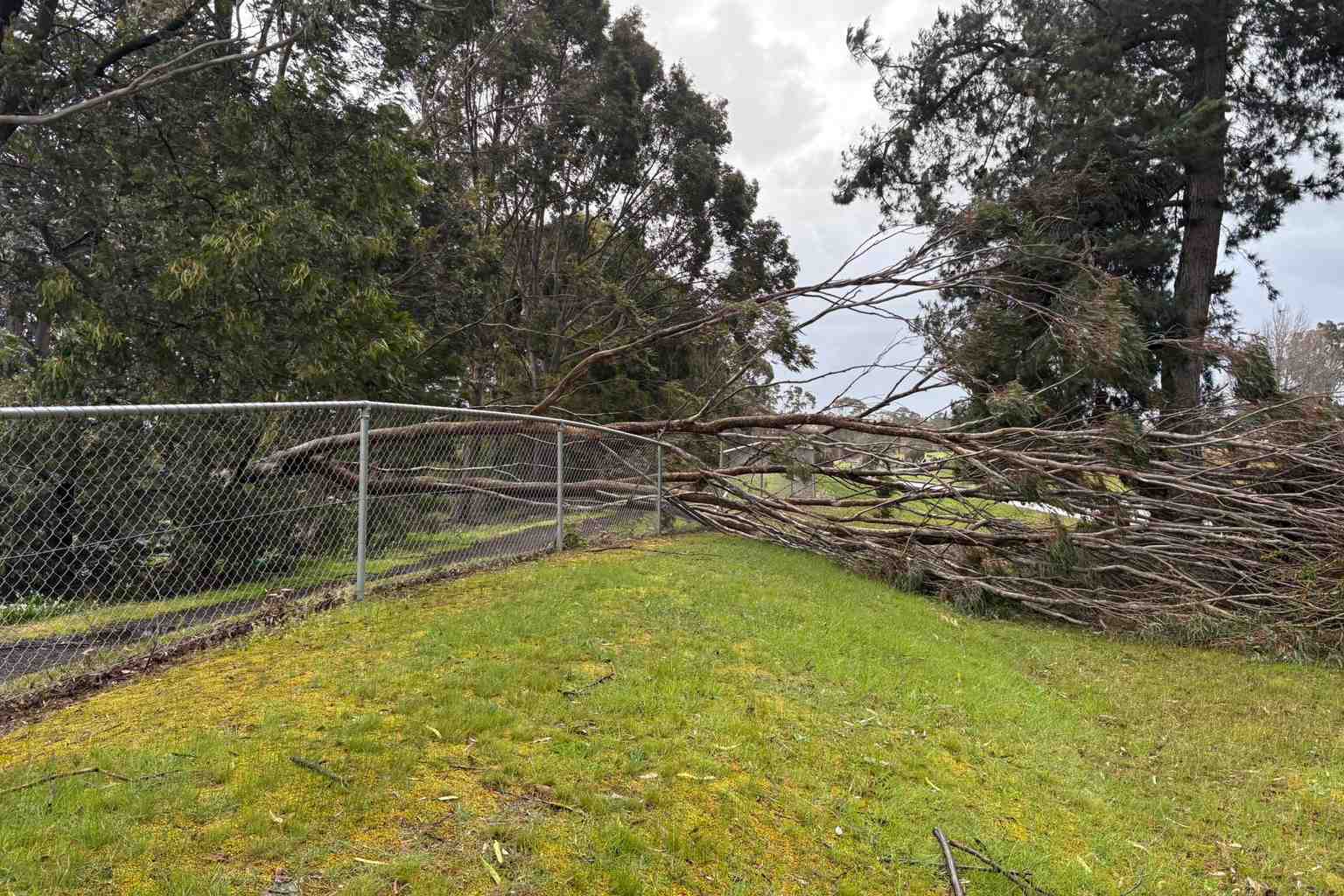
“Safety is always our number one operational priority,” Penny said.
“During extreme weather events, water conditions are likely to change very quickly and can create hazardous conditions.”
Most of Hydro Tasmania’s lakes operate as ‘run of the river’ schemes, which harness natural river flow to generate electricity through a series of power stations as water travels downstream.
“This means we can generate electricity using the same water as it travels through each power station, one after the other,” Penny said.
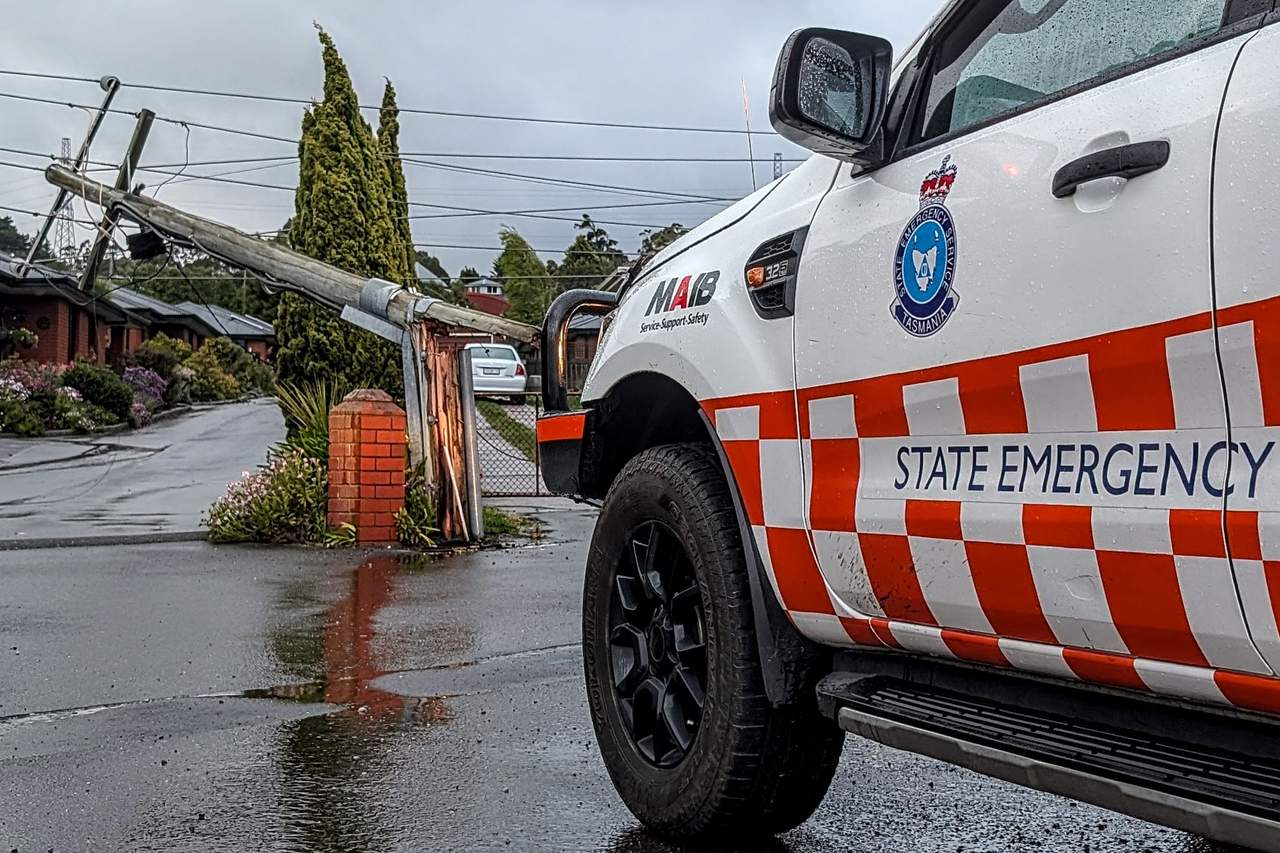
He said these systems don’t increase flooding risk downstream because incoming water either flows through turbines or over spillways.
“The incoming water either goes through the machine or over the spillway, so the amount of water downstream remains the same,” he said.

